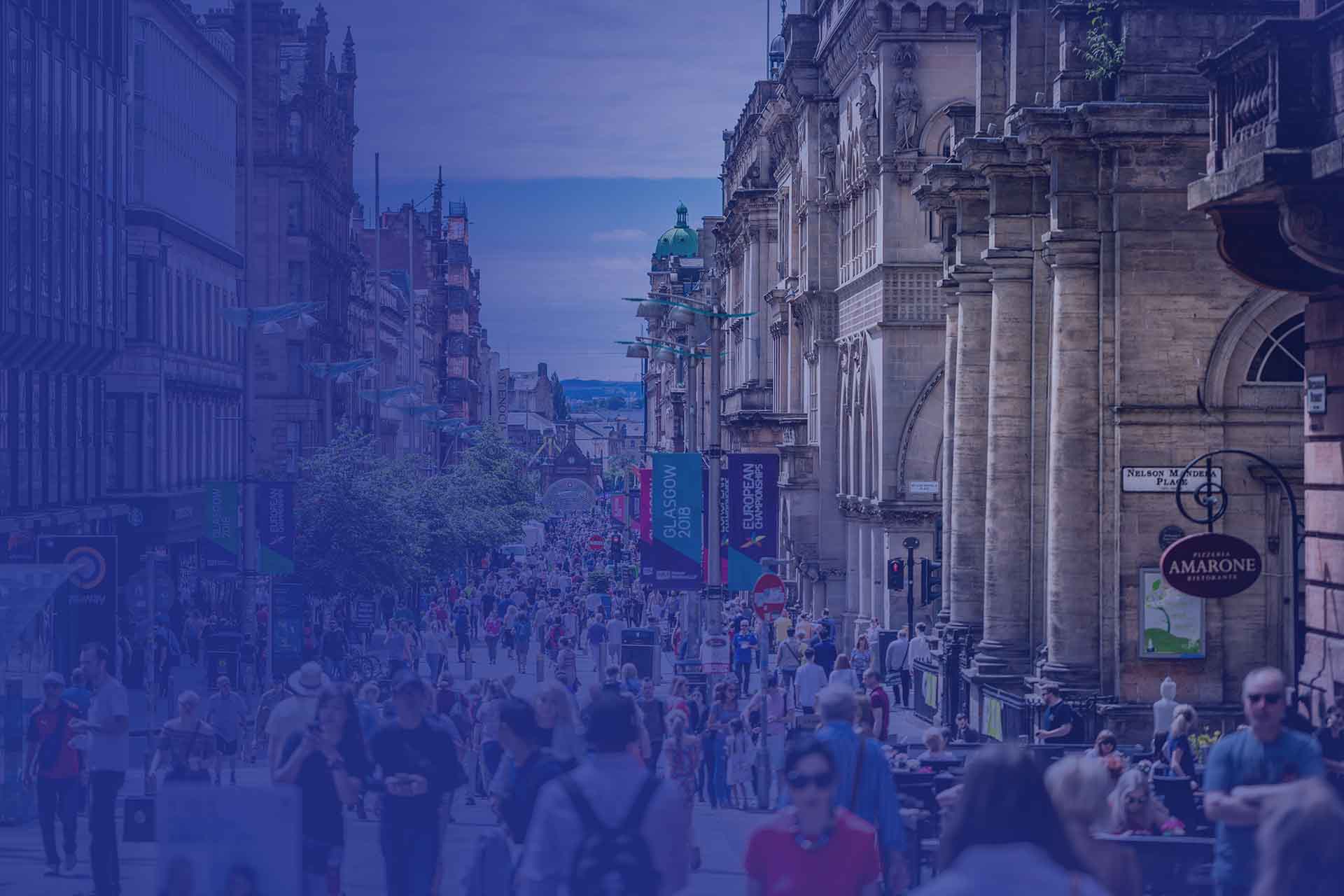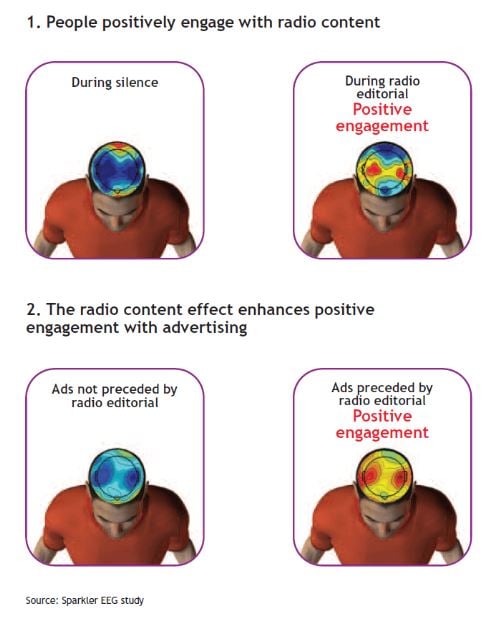This website uses cookies so that we can provide you with the best user experience possible. Cookie information is stored in your browser and performs functions such as recognising you when you return to our website and helping our team to understand which sections of the website you find most interesting and useful.
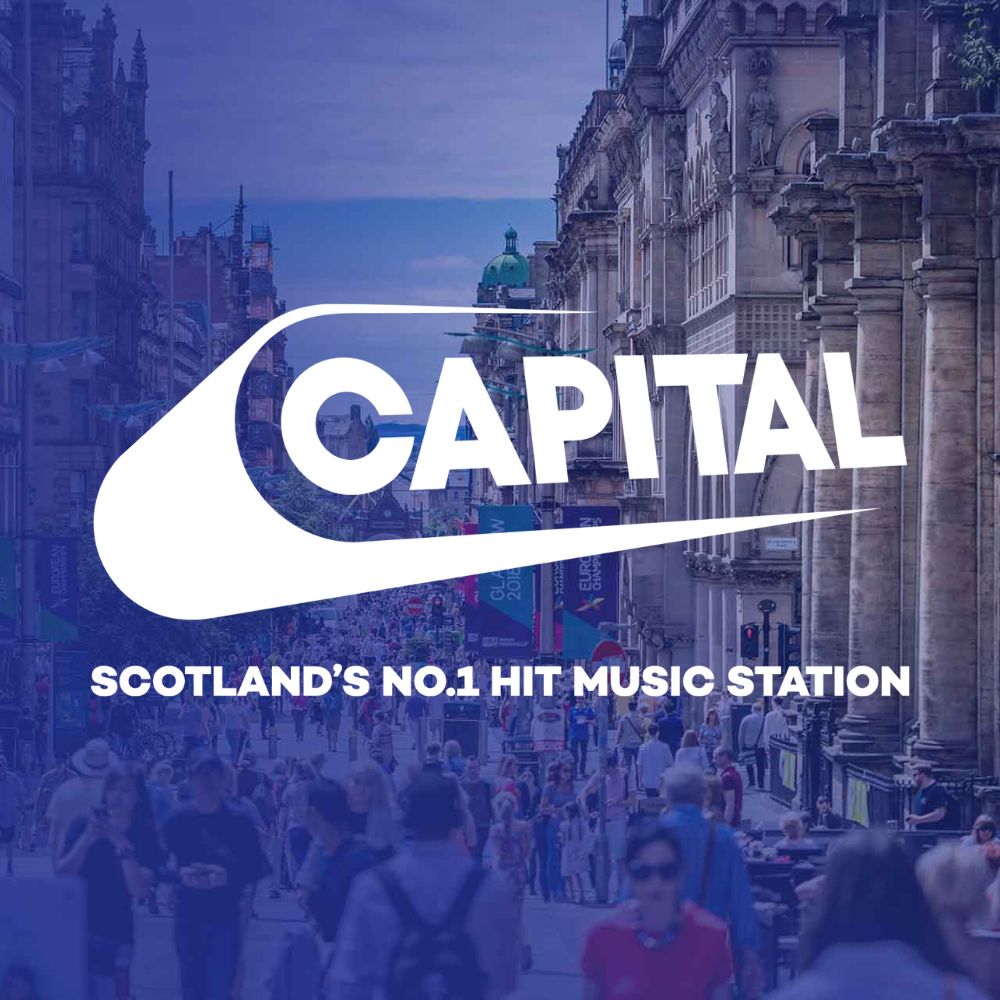
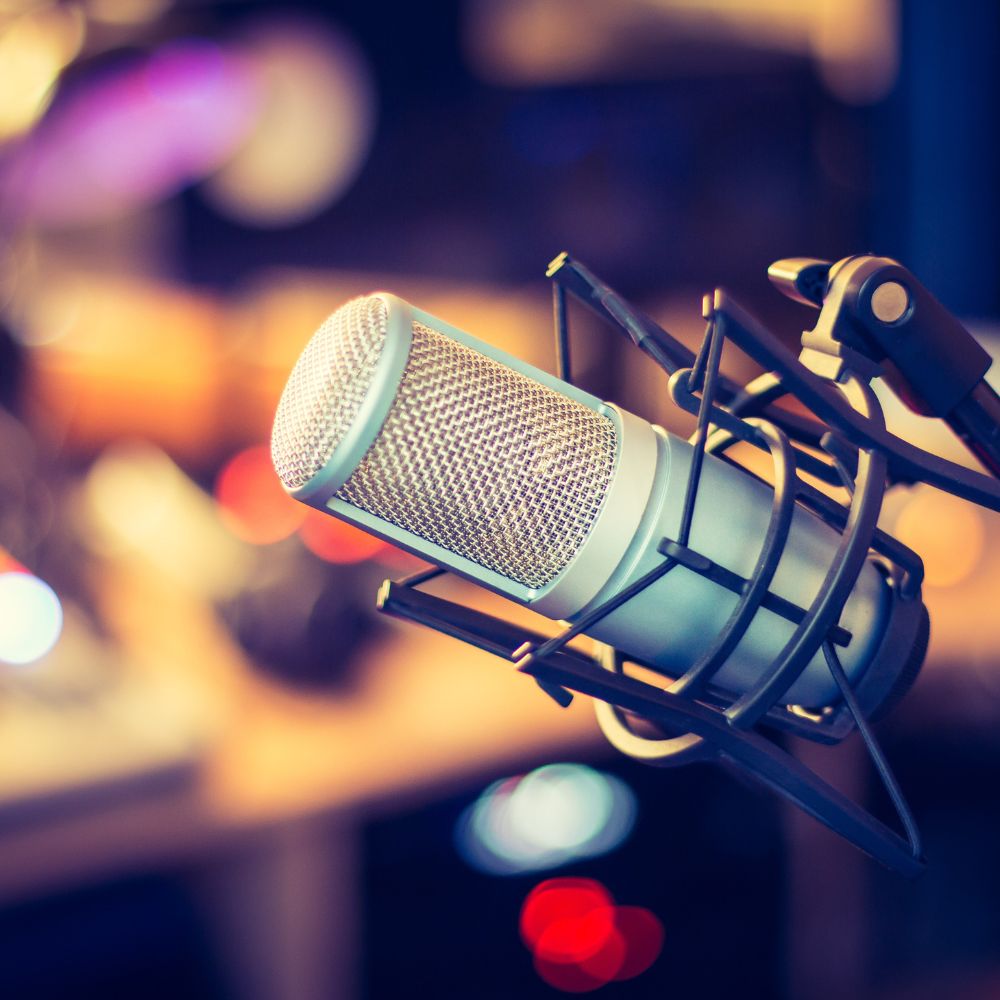
How radio advertising can help grow your business;
HIGH RETURN ON INVESTMENT
A radio ad can produce £7.70 revenue ROI for every one pound spent.
COST EFFECTIVE
The cost to advertise on radio is generally low, allowing you to buy more audience impressions for your money than any other medium.
EFFICIENTLY TARGETED
A radio ad can be targeted by station type, age, social grade and region.
SHORT LEAD TIMES
Ideal for the promotion of last minute advertising messages to your local region.
EASY MEDIA INTEGRATION
Placing a radio ad alongside other media can enhance an overall campaign performance.
HIGH IMPACT
A radio ad can deliver an average cost per thousand (CPT) of £1.54. Out of home delivers an average CPT of £3.03.
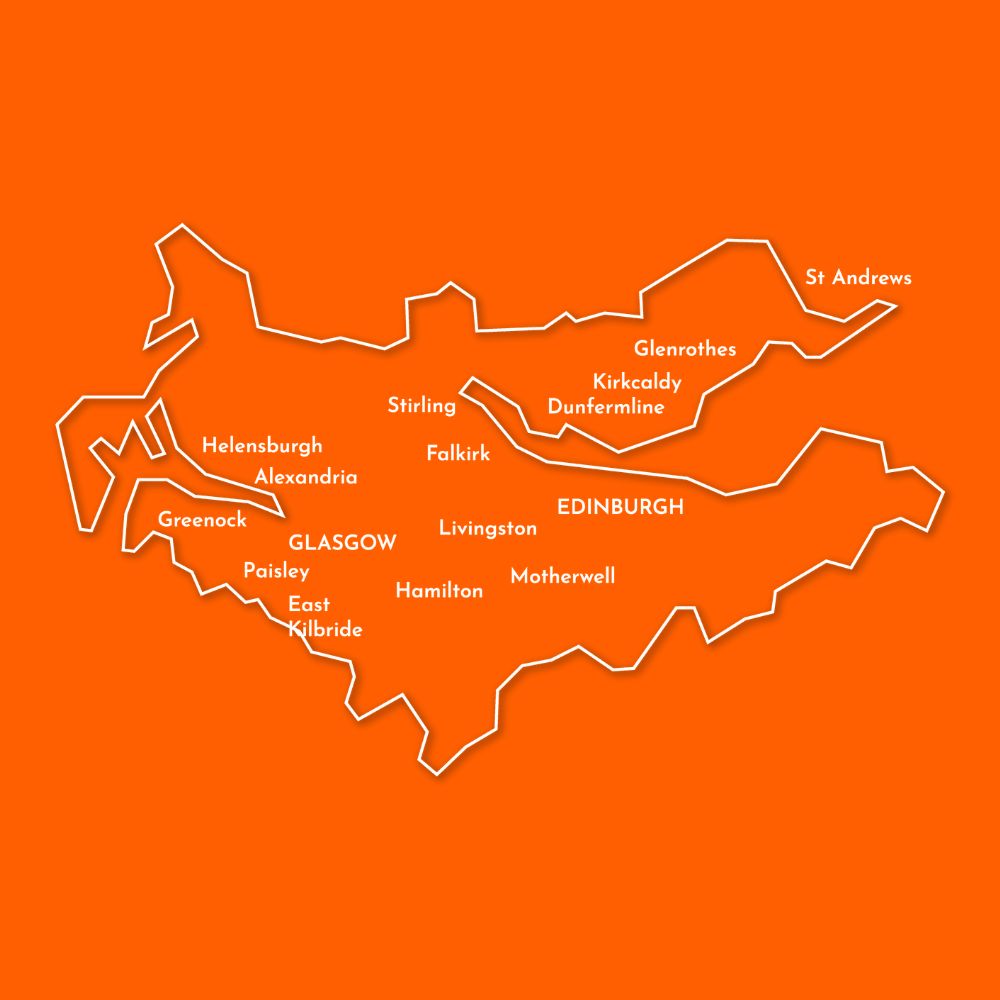
The UK’s No.1 Hit Music Station
Capital Scotland is the UK’s No.1 Hit Music Station, playing the biggest hits from the hottest hit music artists, broadcasting across Glasgow, Edinburgh and beyond.
With its national breakfast show, large-scale events such as Capital’s Summertime Ball and Jingle Bell Ball, its laser-focus on hit music and all-fresh presenter line-up, Capital nails its youth proposition
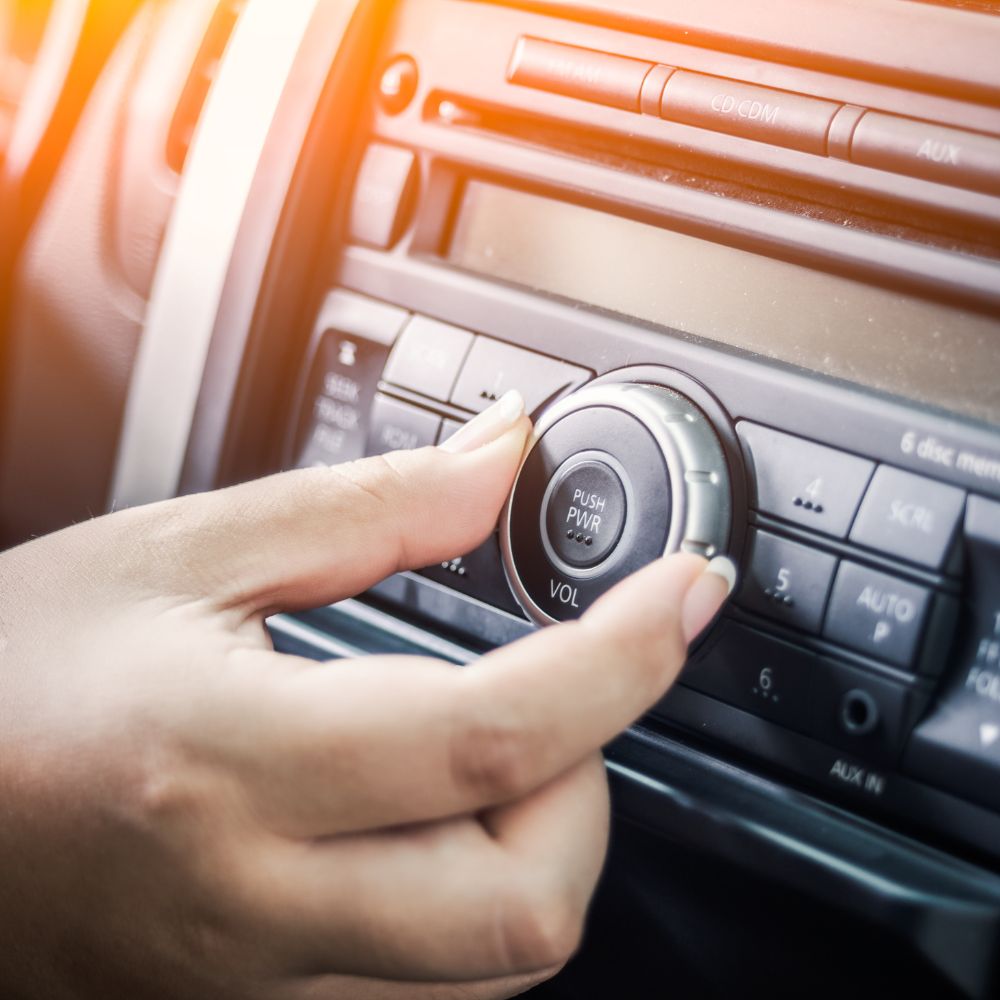
Why Capital Scotland
We focus on boosting brand awareness, delivering strong ROI and getting you the most out of your marketing budget.
Our stations carry different interests and as a result different audiences. Choosing the right station for your brand can be the difference between a successful campaign or not.
We use targeting tools that focus on people’s passions, motivations and mindsets. Allowing you to reach our audience in the moment.
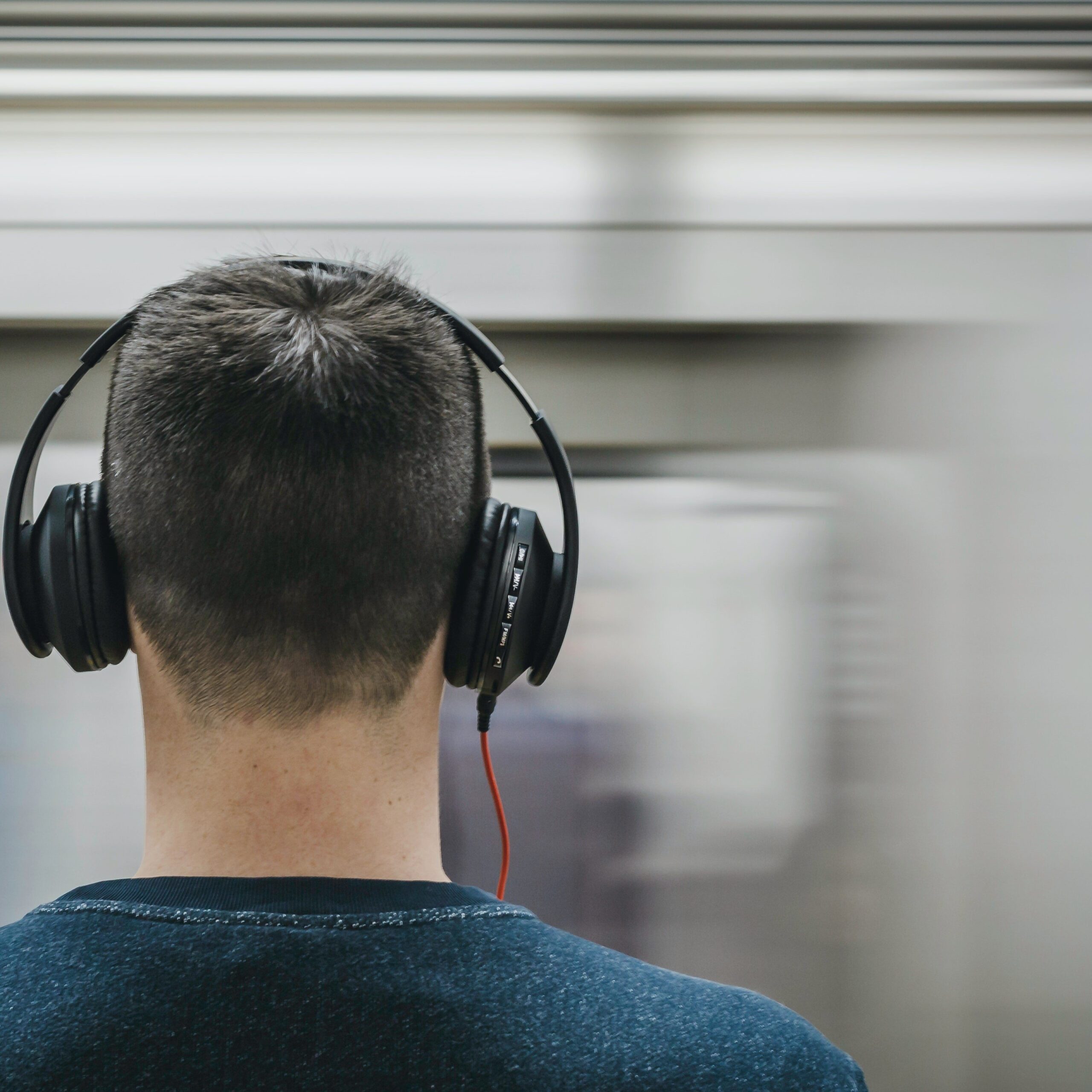
Radio Effectiveness: The Star Of Advertising
Commercial radio is a surefire way to speak to millions of people via a medium that they trust. Although often shunned for more modern methods, radio still prevails in advertising. Although often overlooked, radio and online is a powerful media mix.
Return on Investment (ROI)
A common goal for many advertisers is to increase the return on investment (ROI) from their advertising spend. Econometric analysis highlights how moving money into radio from other media leads to greater returns at a total campaign level at no extra cost.
According to Radiocentre, radio produces £7.70 revenue ROI for every pound spent – second only to TV overall and higher in several product categories including retail, finance, travel and automotive.
Using radio with other media
The components of a successful advertising campaign include the following:
- Impactful creative
- A clear call to action
- Targeting
- Consistent coverage of key points
- Low cost production and audience delivery
Radio utilises these and plays a highly effective role for an advertiser on its own but placing this alongside other media can create a huge impact for your brand, enhancing overall campaign performance.
The most obvious combination is radio and television. Both mediums are widely consumed on a daily basis making it the most powerful and much-used media combination, accounting for a high share of the average consumer’s media day. According to Radiocentre, radio is often used to broaden the impact of a TV campaign, exploiting strong audio brand cues to readily bring the brand to mind, triggering the visual recall of a TV commercial. Think Go Compare or Chicken Tonight (you’re signing, now aren’t you?).
Probably the second most utilised media combination is radio and online. According to a study taken by Touchpoints in 2017, 16% of the time listening to the radio is accompanied by being online. With the increase of AI and the advancement of mobile, this will have rapidly grown in the last two years. Taking this into consideration, listeners almost instantaneously respond online to something that they have heard online.
Take retail for example:
Based on Ebiquity’s normative data, retail sector brands that advertised on radio saw up to a £3.01 profit return for £1 spend. That ROI was based on Radio as a primary media. The retailers were more than likely running PPC advertising and paid social. Radiocentre state that when a consumer is relaxing the radio can increase a brand’s awareness by 72%, more than likely with a mobile device in hand.
Consistent advertising (without the cost)
Historically, it is assumed that to make a big impact consistently you will need a big budget.
Wrong.
Mediums like radio have, for a while, delivered low-cost audience per thousand. According to Ebiquity, radio advertising delivers an average CPT (cost per thousand listeners) of £1.54. Out of home delivered an average CPT of £3.03.
But that is just the average price of airtime or advertising space itself, what about the cost of producing the advert?
According to the advertising decision makers interviewed by Ebiquity, radio production costs only accounted for 2.7% of all media costs. Take this with a pinch of salt. Your budget will move and change depending on your marketing objectives but, in terms of short-term sales response campaigns (which won’t run for extended periods of time), the information provided here should prove that you can effectively advertise your offering without breaking the bank.
Context is key
It’s 6pm, you’re driving home from work, it’s been a long day and you really cannot be bothered to cook. The next thing you hear is that chime of the McDonalds jingle. Que turning into that drive-thru and buying that cheeseburger.
This is context advertising, aligning a message with an activity, in this example, the weekday rush hour.
According to research conducted by Differentology, brands like Mcdonald’s, Heinz and Deliveroo saw a sales uplift of 51% when they focused on targeting their customers when they were engaged in a relevant activity.
A good advertiser will ensure that your message is reaching the right people at key times of the day by putting them in the context of the consumer. Will your key consumer be listening to the radio at work? Will they be doing the school run? Will they be listening as they plough a field?! A brand will know its audience and what they will be doing, therefore making sure the advert hits the correct touchpoint.
The time of day is not always the focus in advertising, sometimes it can be situational. The morning that Thomas Cook announced its collapse, Ryanair were advertising cut-price flights every hour on the radio. A coincidence? Or a very clever advertising placement hoping to help panicking Thomas Cook customers?
According to Ebiquity, Radio is ‘the most flexible medium as it can be used to target audience by geography, demographics, context time of day, day of week and addressability for listeners on connect devices’.
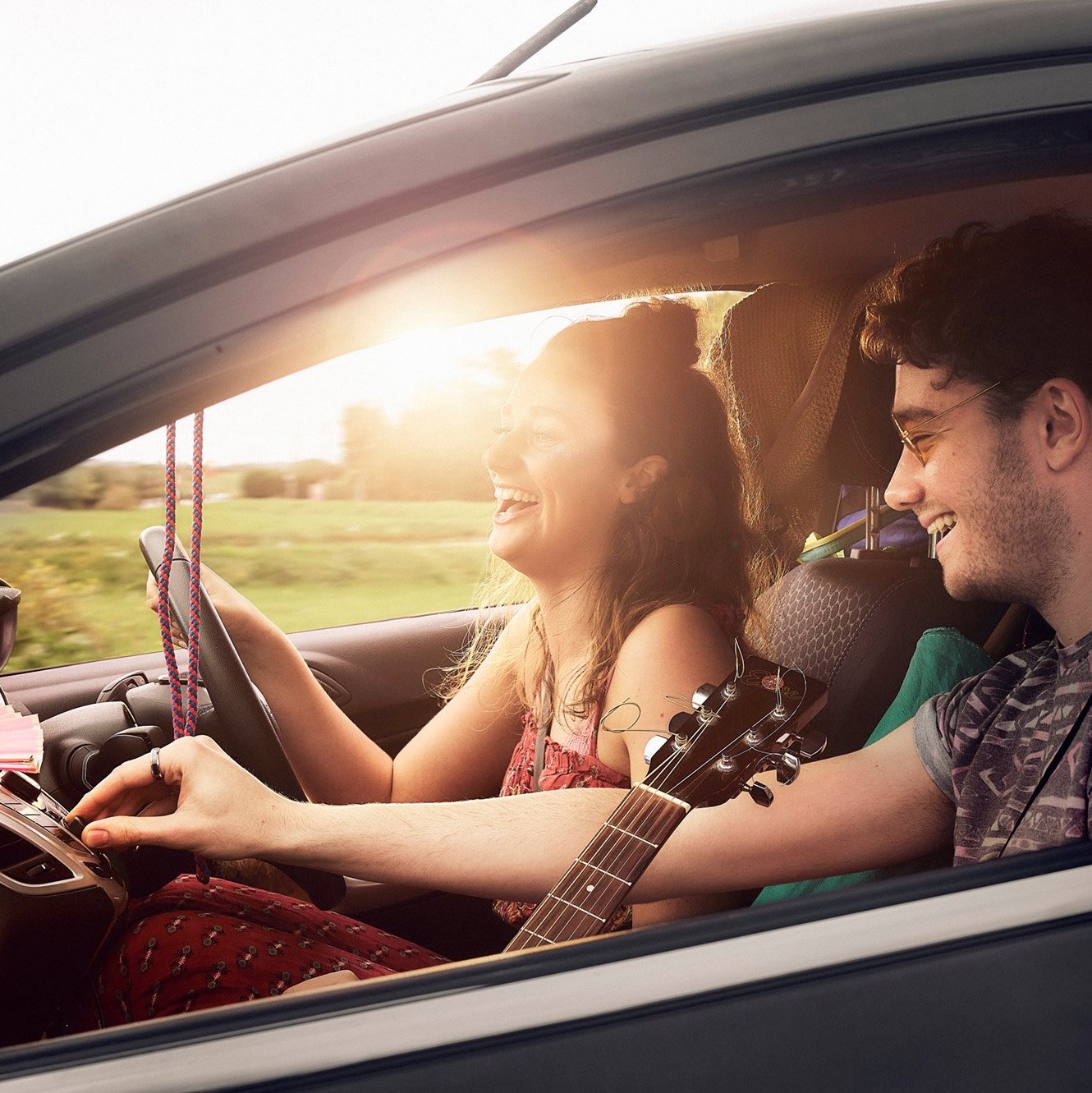
Radio – The Mood Booster
A study by Radiocentre has discovered that radio boosts consumer happiness and receptiveness to brands. Media predominantly exists for entertainment; people use all kind of media to make themselves feel happier. In turn, a happy person is more likely to respond to advertising in an instinctive way. Throughout this short article we will look at the ‘feel-good’ factor of the medium, and how it affects consumer engagement.
The Effect of Music
The notion that music can influence your thoughts, feelings and behaviours is not new. If you have ever felt an attachment or emotion whilst listening to a song, then you will understand the power of music and how it impacts mood or even inspires an action. Even as I write this, I am listening to music, fast-paced, easy-listening music that helps me concentrate and keeps me settled when writing.
According to Very Well Mind’s article, the medium is highly powerful and not only can it boost mood, it can also influence other therapy-esque qualities linked to mood such as improving cognitive performance, reducing stress, improving memory and even helping you eat less.
So, is it any wonder that radio is a mood booster? What does radio have? Plenty of music!
Radio and Brand Receptiveness
According to Radiocentre, radio generates the highest happiness and energy levels of the three main media outlets (TV, radio and online). The mood-boosting effect of radio editorial extends into the ad break, generating 30% higher levels of positive engagement with radio advertising. So, for advertisers’ radio represents a unique and powerful opportunity to reach consumers in a positive frame of mind, when they will be more receptive to advertising messages.
The EEG study shown below backs this statement up by physically showing the high levels of engagement in the brain, whilst the bottom image shows how those levels of positivity extend to radio advertising when preceded by radio editorial.
These findings are particularly important for brands whose aim is to improve positive brand perceptions, therefore it should definitely be considered within the media mix with something of a similar positivity position such as TV advertising. This will then ultimately gain maximum impact for your campaign!

Radio Advertising: Reach your audience in the moment
I’ll set the scene; it’s 4:45pm, the middle ground between finishing work and reheating those leftovers that are in the fridge.
You are stealth typing that last report of the day, radio blurring in the background, when Snoop Dogg chimes in rapping about noodles.
‘Chinese for tea?’
My boyfriend reluctantly nods. Result.
Sound familiar?
This is not unintentional. When it comes to advertising, targeting an audience is the most important aspect of your campaign, you would not advertise life insurance to Generation Z and ‘hope for the best’, it is important to get your targeting right and when radio advertising is planned correctly it can be a very powerful communication tool.
With the rise of ad blockers online, Lumen Research recently found that only 12% of viewable ads are actually noticed. But you cannot click, skip or block a radio ad. As Radiocentre’s Mark Barber recently said, ‘At a very simple level, if something is not looked at, then it cannot be seen. However, if something is not listened to, it will still be heard’.
Whether it is reaching 38% of people travelling by car to buy groceries or 87% of people working from home who are listening to radio, an in-context radio advert will always be unskippable.
Throughout this article, we use Ebiquity’s analysis of targeting capabilities to drill down into the flexibility of the of the medium and how it can be used to target audiences in a variety of ways:
Geographically
One of the most important factors for many advertisers is selecting stations that focus on specific geographic locations. With a range of national, regional, and local stations covering most of the UK, radio is hugely flexible geographically – providing opportunities for all kinds of advertisers to precisely target locations efficiently.
Demographically
Commercial radio consists of a wide range of stations with a variety of content and playlists attracting different types of audiences. RAJAR data allows advertisers to analyse which stations are best for reaching their specific audience.
Time of day/day of week
Radio is a predominantly a live and linear medium, meaning that radio ads play out in real time. This allows advertisers to time their advertising to reach people on specific day of the week and/ or specific times of the day to enhance relevance and efficiency of certain messages, where appropriate – just like my Friday night takeaway ad!
Consumer context
Recent research suggests that reaching people at relevant times can help enhance effectiveness and cut through of a campaign. As radio is available on a wide range of devices and doesn’t need primary attention, listeners often use radio to accompany a range of tasks and activities, from the school run, to working, right through to childcare, allowing advertisers to target audiences in very specific contexts.
Addressability
With more radio listening starting to take place through connected devices, some radio stations are now able to offer individualised personal data-led targeting of listeners to their streamed content. While still relatively limited in scale this is an important and growing element of the commercial radio offering.
Whatever your objective, radio advertising can play an important role in growing your business. With 36 million listeners per week, let us help your brand be heard amongst the noise.
Find out a little more about how to kickstart your radio campaign here.
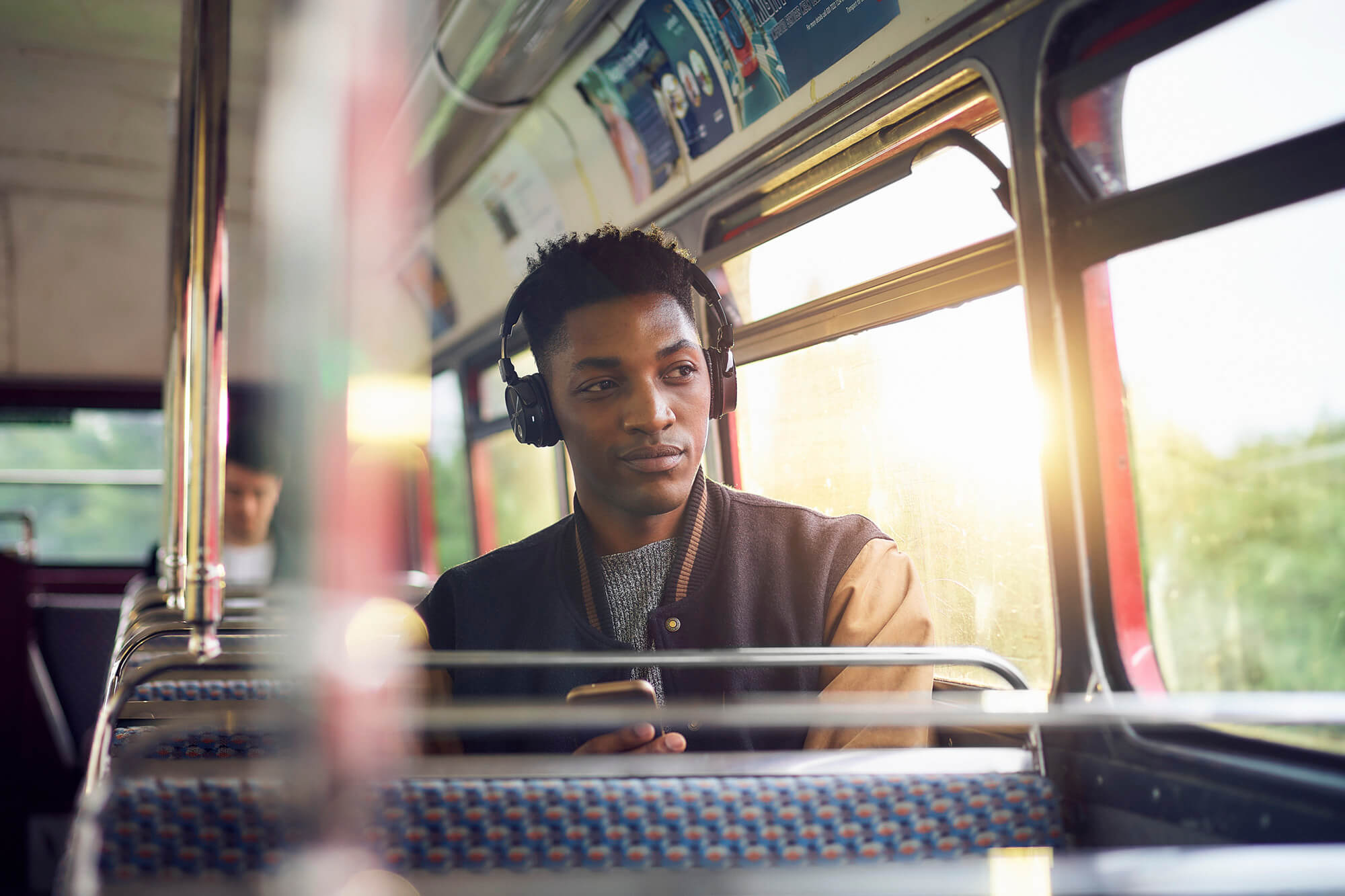
How To Choose The Right Station For Your Business
You have chosen to add radio advertising to your marketing mix, you know which products to promote and an idea of creative, however have you considered the right station and frequency for your business?
It is important to consider audience demographics as well as how many times your ad is featured in the context of your marketing budget. Throughout this article we discuss some tips on choosing the best radio station and frequency for your advertising.
Choosing the right radio station:
Consider your target persona, do your customers listen to a certain type of music? What are their hobbies? Where do they spend spare time? A deep understanding of your target audiences’ demographics, as well as habits, needs and likes is essential to selecting the radio station that is most likely to reach your target market.
Factors to consider:
– Audience demographics
– Audience loyalty
– Audience engagement
– Station involvement in community
– Station engagement outside or radio, for example, social media, events, and website
Deciding Ad Frequency:
Frequency is the average number of times a person will hear your radio ad, whilst reach is the number of different people who will hear the ad. With a limited a budget, higher reach means lower frequency whereas higher frequency means limited reach.
Research suggests that messages are more effective when repeated, however this can get expensive. A frequency of reaching a person three times a week will give a lasting impression on a listener. Backed up with strong creative and not spreading a budget too thinly (focussing on reaching more people) will give the best impact for your advertisement.
Communicorp UK reaches a diverse adult audience of 3.2 million per week across Smooth Radio, Capital, Heart, and XS Manchester our instantly recognisable radio stations can serve your message to a specific demographic. If you would like to know more about our brands, click here.
View all
Contact
